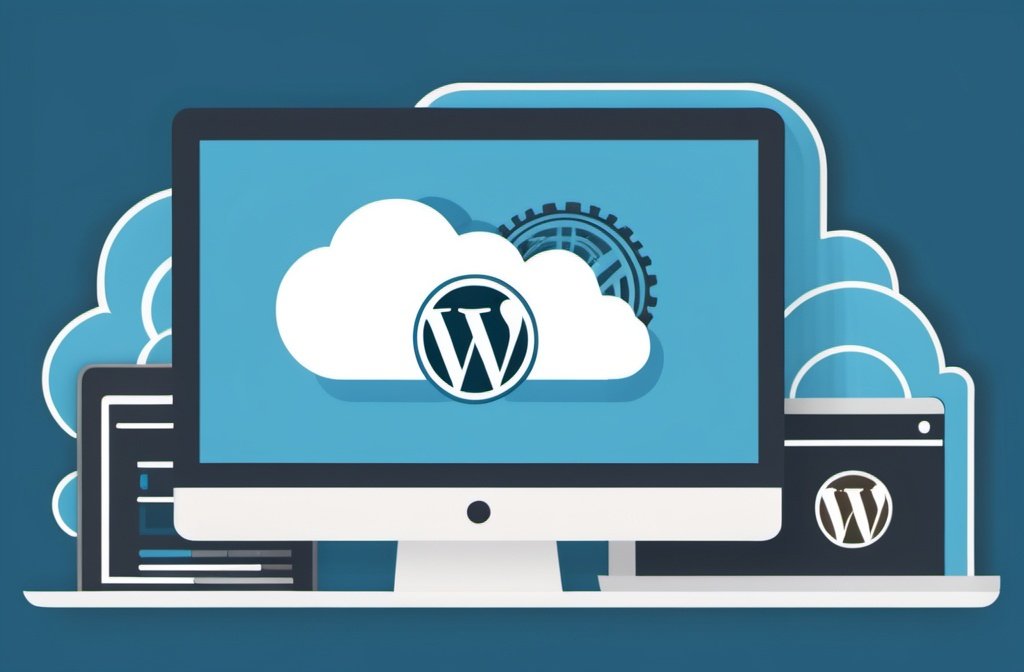The digital landscape is in a constant state of flux, and web design is no exception. As we move into 2025, the way we interact with websites is undergoing a dramatic transformation. No longer just about aesthetics, web design now prioritizes user experience (UX), accessibility, and emotional connection.
From AI-driven personalization to immersive 3D environments, the top web design trends of 2025 are shaping a future where websites don’t just look good—they feel intuitive, engaging, and deeply human.
In this comprehensive guide, we’ll explore the top 10 web design trends in 2025, diving into how they work, why they matter, and how you can implement them to stay ahead of the curve.
AI-Powered Personalization: Websites That Know You
The Rise of Hyper-Personalized Experiences
Artificial Intelligence (AI) is no longer a futuristic concept—it’s here, and it’s revolutionizing web design. In 2025, websites will leverage AI to deliver hyper-personalized experiences tailored to individual users.
How AI Personalization Works
Behavioral Tracking: AI analyzes user behavior (clicks, scroll patterns, time spent) to adjust content dynamically.
Predictive Recommendations: Machine learning suggests products, articles, or services based on past interactions.
Dynamic Content Adaptation: Websites change layouts, colors, and CTAs based on user preferences.
Why It Matters
Personalization isn’t just about convenience—it’s about making users feel understood. A study by Accenture found that 91% of consumers prefer brands that offer relevant recommendations.
How to Implement AI Personalization
Use tools like Adobe Target or Optimizely for A/B testing and dynamic content.
Integrate ChatGPT-like assistants for real-time user interaction.
Leverage cookie-less tracking (due to privacy laws) with AI-driven anonymized data.
Immersive 3D & Spatial Design
Beyond Flat Design: Entering the 3D Era
Flat design dominated the 2010s, but 2025 is all about depth, texture, and realism. With advancements in WebGL, Three.js, and WebXR, websites are becoming interactive 3D experiences.
Examples of 3D Web Design
Product Previews: Rotate, zoom, and interact with 3D models (e.g., Apple’s AR product demos).
Virtual Showrooms: Automotive and fashion brands use 3D spaces for immersive browsing.
Gaming & Entertainment: Websites incorporate mini-games and interactive 3D storytelling.
Why It’s Trending
Higher Engagement: 3D elements keep users on the page longer.
Better Storytelling: Brands can create emotional connections through spatial design.
How to Use 3D Design
Start small with 3D buttons, parallax scrolling, or animated backgrounds.
Use WebXR for AR/VR-compatible experiences.
Optimize performance—heavy 3D can slow down load times.
Voice User Interfaces (VUIs) & Conversational Design
The Next Frontier: Talking to Websites
With voice search growing rapidly (over 50% of searches are voice-based), websites in 2025 will integrate Voice User Interfaces (VUIs).
How VUIs Enhance UX
Hands-Free Navigation: Users can browse via voice commands.
Accessibility Boost: Helps visually impaired users navigate easily.
Faster Interactions: Voice search is quicker than typing.
How to Implement VUIs
Use Amazon Alexa Skills or Google Assistant integrations.
Design voice-optimized content (natural language, FAQs).
Test with real users to refine voice interactions.
Neo-Brutalism: The Raw, Bold Aesthetic
Breaking the Rules with Brutalist Web Design
While minimalism still reigns, neo-brutalism is emerging as a rebellious trend—raw, unpolished, and intentionally chaotic.
Characteristics of Neo-Brutalism
High-Contrast Colors (think bright yellows, deep blacks).
Unconventional Layouts (overlapping text, asymmetrical grids).
Minimal Filtering (grainy images, visible HTML elements).
Why It’s Popular
Stands Out: In a sea of clean designs, brutalism grabs attention.
Feels Authentic: Users crave unfiltered, human-centric designs.
How to Use Brutalism Tastefully
Balance chaos with clear navigation.
Avoid sacrificing readability for aesthetics.
Advanced Micro-Interactions
Small Animations, Big Impact
Micro-interactions—tiny animations that respond to user actions—are becoming smarter and more intuitive in 2025.
Examples of Micro-Interactions
Hover Effects: Buttons that morph or change color.
Loading Animations: Playful spinners that entertain users.
Form Feedback: Real-time validation with subtle animations.
Why They Matter
Enhance Usability: Provide instant feedback.
Delight Users: Small surprises make browsing fun.
How to Implement Them
Use CSS animations or GSAP for advanced effects.
Keep them fast and non-distracting.
Dark Mode Dominance
The Rise of Eye-Friendly Design
Dark mode isn’t just a trend—it’s becoming a standard feature. In 2025, websites will prioritize dark-themed UIs for better readability and battery efficiency.
Benefits of Dark Mode
Reduces Eye Strain (especially in low-light environments).
Saves Battery (for OLED screens).
Looks Sleek & Modern.
How to Design for Dark Mode
Offer a toggle switch for user preference.
Test contrast ratios for accessibility.
Sustainable & Ethical Web Design
Designing for a Greener Web
As climate concerns grow, eco-friendly web design is gaining traction.
How to Make Your Website Sustainable
Optimize Images & Code (reduce load times).
Use Green Hosting (solar-powered servers).
Minimize Tracking Scripts (lower energy consumption).
Scroll-Triggered Storytelling
Narratives That Unfold as You Scroll
Instead of static pages, websites in 2025 will use scroll-based animations to guide users through a story.
Examples
Parallax Scrolling (layers move at different speeds).
Animated Infographics (data reveals itself as you scroll).
Glassmorphism & Fluid Shapes
The Return of Transparency & Depth
Glassmorphism—frosted glass effects with blur—is making a comeback, paired with organic, fluid shapes.
How to Use It
Apply background blur effects in CSS.
Combine with soft gradients for a modern look.
Biometric Authentication & Enhanced Security
Logging In with Your Face or Fingerprint
Passwords are fading—biometric logins (face ID, fingerprint scans) are becoming standard for secure access.
Why It’s Important
Faster & More Secure.
Reduces Friction in user logins.
Final Thoughts: Designing for Humans in 2025
The future of web design isn’t just about looking futuristic—it’s about feeling human. Whether through AI personalization, immersive 3D, or ethical design, the best websites of 2025 will prioritize emotion, accessibility, and seamless interaction.
Which trend excites you the most? How will you adapt your designs for 2025? Let’s discuss in the comments!
Stand Out in 2025 with Future-Ready Web Design!
Your website should be as innovative as your business. I craft visually stunning websites that convert visitors into customers—blending 2025’s top trends (3D elements, voice UX & dark mode) with lightning-fast performance.
Why choose me?


Let’s build something amazing! 




